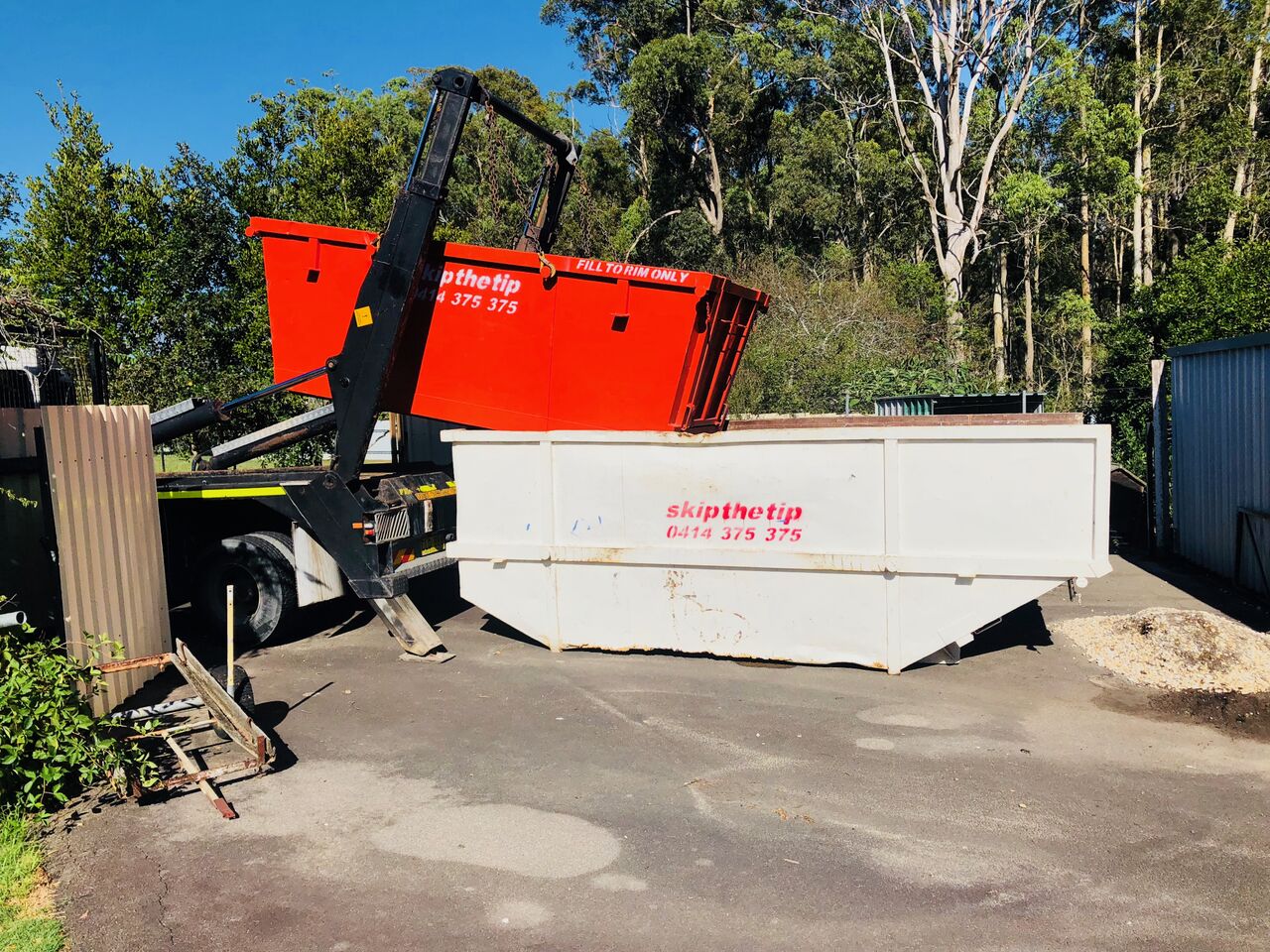Combination weighing machines are designed to be incredibly fast at weighing food with ultra high precision. Initially invented in the 1970s by the company Ishida, the first weighing machines were designed to accurately gauge how much vegetables weighed, and thus, create separate bags that all came in at around the same weight.
The more modern computer combination weighers are able to work through vast loads of food very quickly to create packaging that is effective and reliable. It is important for machines like this to be completely trustworthy since it only really takes one error to throw off many runs of packaging. This can lead to customer complaints and even investigations by various regulatory bodies that it may be a deliberate practice.
Mixed bags can be created very speedily and effectively too, through multihead weighers. With multiple heads devoted to different foodstuffs, the computer will calculate which foodstuffs to let through in order to create a bag with an even amount of ingredients with only the minimal in overspill. Obviously, have a mechanism to deal with overspill can reduce the waste and cost to the company.
These devices can also be used for placing food into trays. The problem with trays is that they can often cause splashes of food resulting, again, in wasted produce. The better manufactured weighers will be able to fill trays with accurate measurements with no splash. Even entry level machines are highly efficient and benefit from countless years of refinement since they were first introduced.


